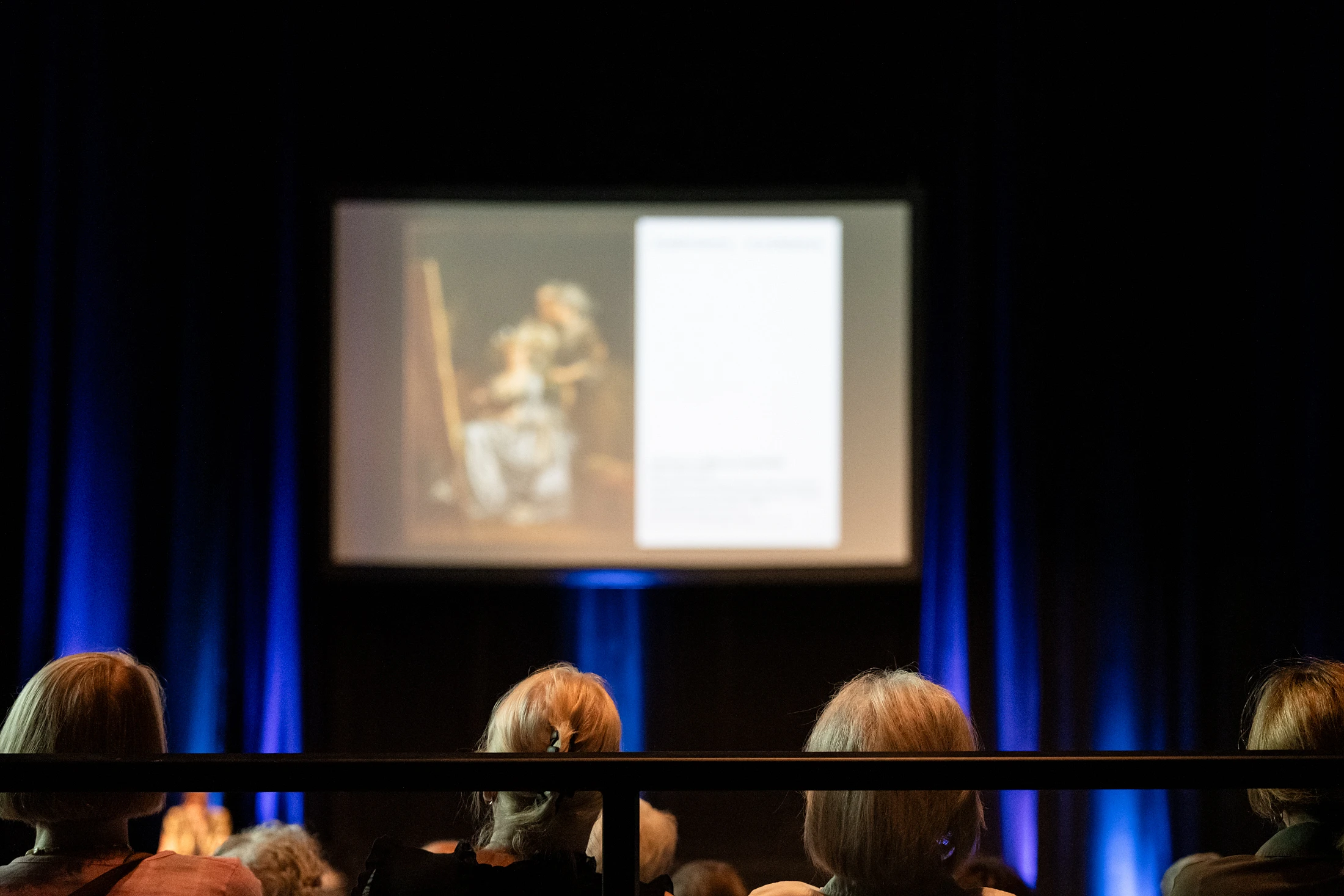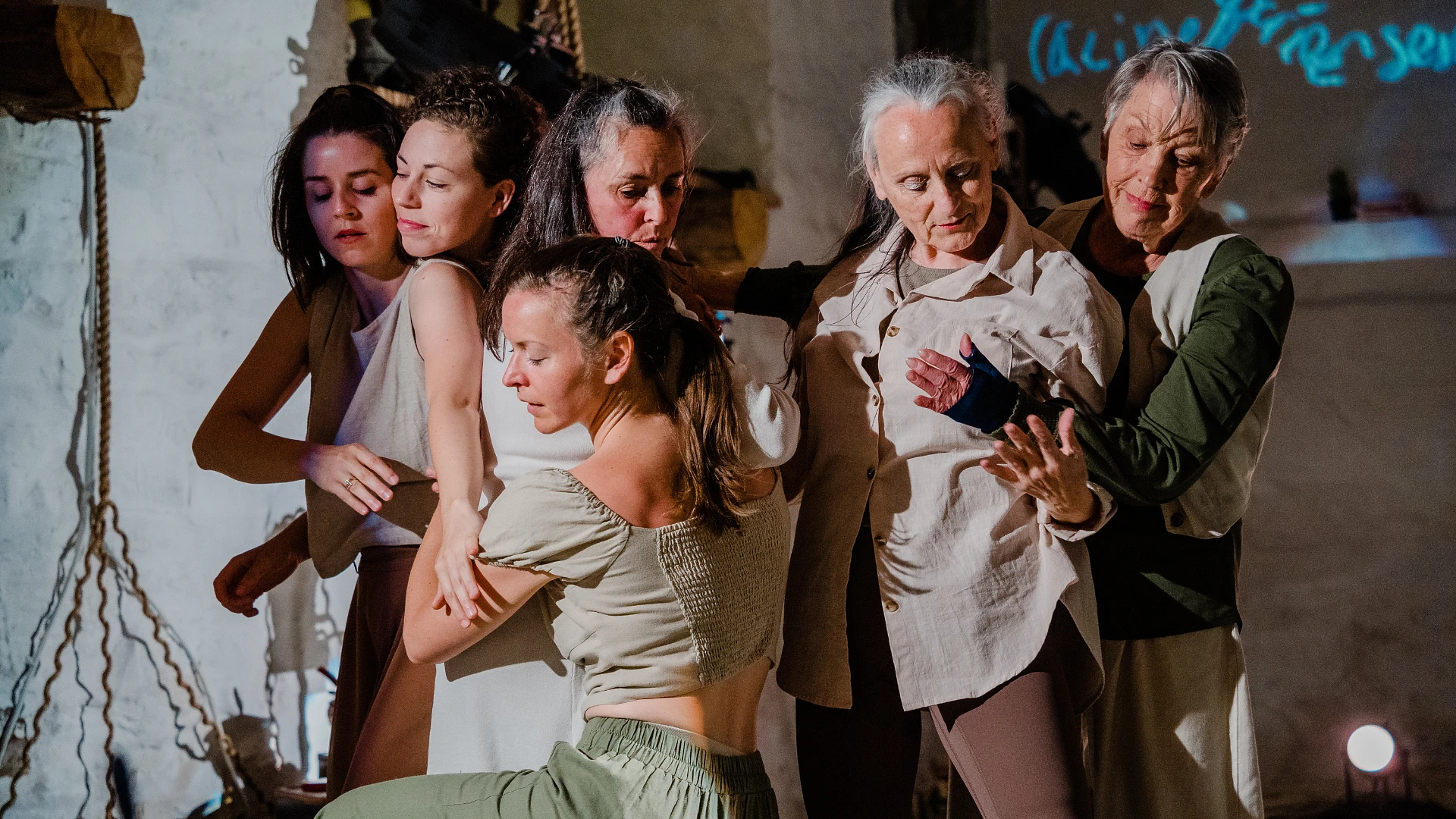Atelier
Billets
Choisissez votre catégorie de billets : expositions ou activités.
Expositions
Veuillez noter que l'achat en ligne d'un billet d'entrée est possible jusqu'au 8 février 2026 en raison du changement à venir de notre système de billetterie.
Billet d’entrée
À partir de 10,80 $
Ce billet journalier vous permet de visiter nos expositions actuelles au pavillon Pierre Lassonde :
- Arts décoratifs et design du Québec
- Ilippunga - Art inuit. La collection Brousseau
- Art contemporain du Québec
- Nous
Abonnement
À partir de 30 $ / an
L’abonnement comprend :
- Un accès gratuit et illimité au complexe muséal (expositions actuelles)
- Une foule d’avantages exclusifs et de réductions
Privilège et achat sur place
Si vous détenez un privilège (laissez-passer, coupon de réduction, tarification partenaire, etc.), vous pourrez vous en prévaloir en achetant votre billet à la billetterie du pavillon Pierre Lassonde. Notez que certaines réductions ne peuvent s’appliquer.
Des questions? N’hésitez pas à nous joindre.







